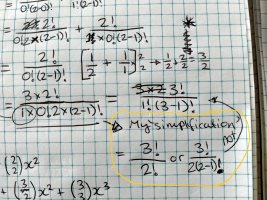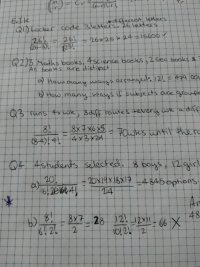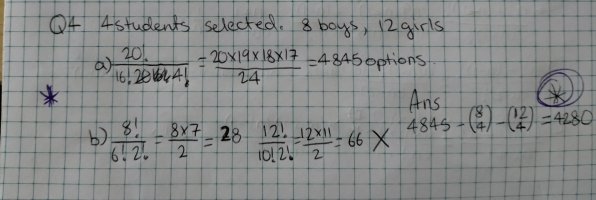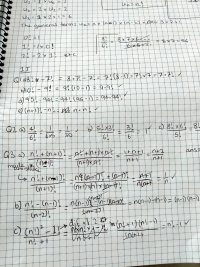alexapprend
New member
- Joined
- Apr 7, 2022
- Messages
- 5
Hello, I am struggling through a HL IB textbook independently and don't understand the parts circled- I feel like I have pretty good non-calculator maths so I can manipulate algebra but I'm very lost.
From the textbook:
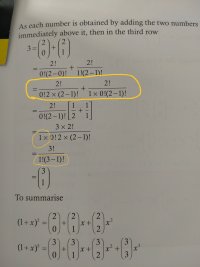
My notes (mostly just ended up copying from the textbook, the bits I circled show me understanding some of the steps they skipped, but whilst I can see for example 2*(2-1) does in fact equal 1!*(3-1)! I don't understand it as a general rule, will it work for all numbers? What maths theory is it using? The asterisk is where I stopped understanding. You can also see this circled above.
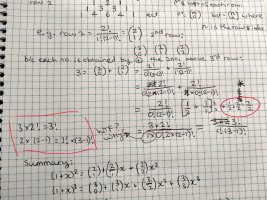
Thanks in advance
From the textbook:

My notes (mostly just ended up copying from the textbook, the bits I circled show me understanding some of the steps they skipped, but whilst I can see for example 2*(2-1) does in fact equal 1!*(3-1)! I don't understand it as a general rule, will it work for all numbers? What maths theory is it using? The asterisk is where I stopped understanding. You can also see this circled above.

Thanks in advance

